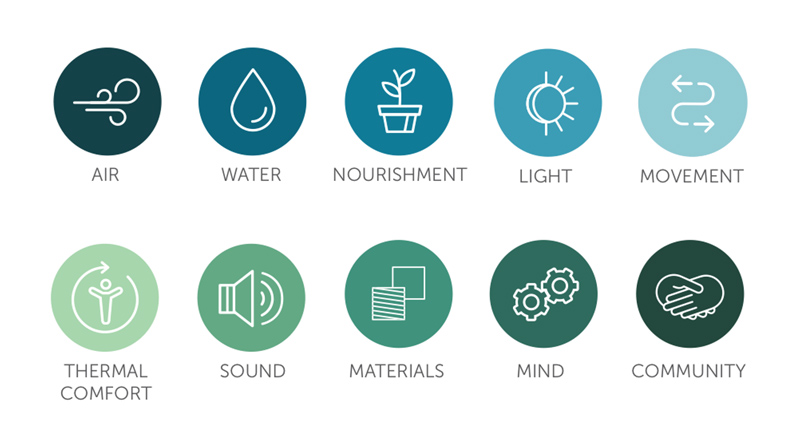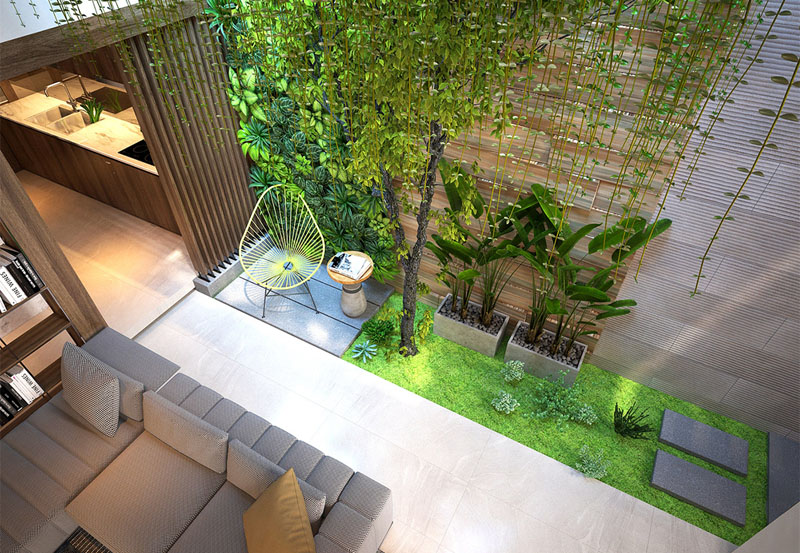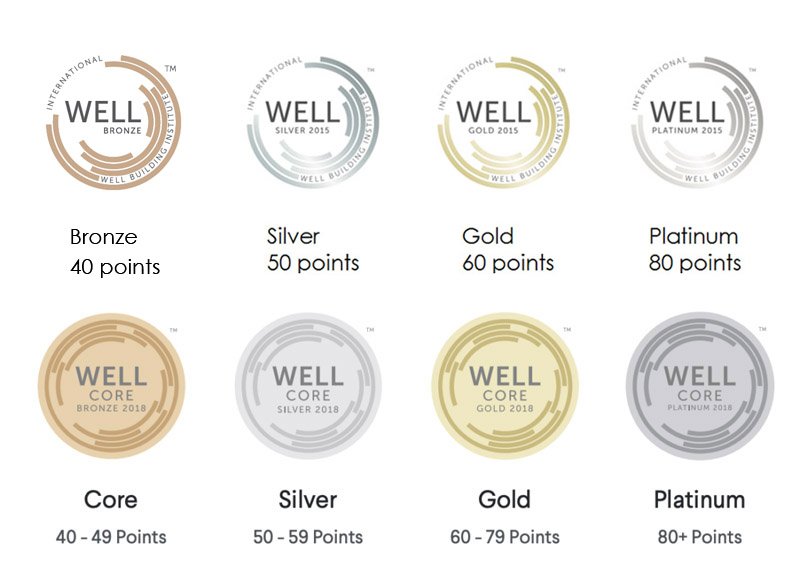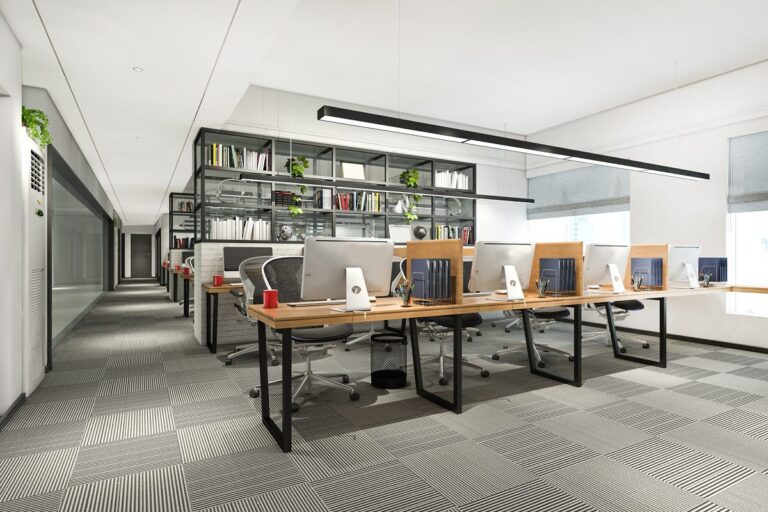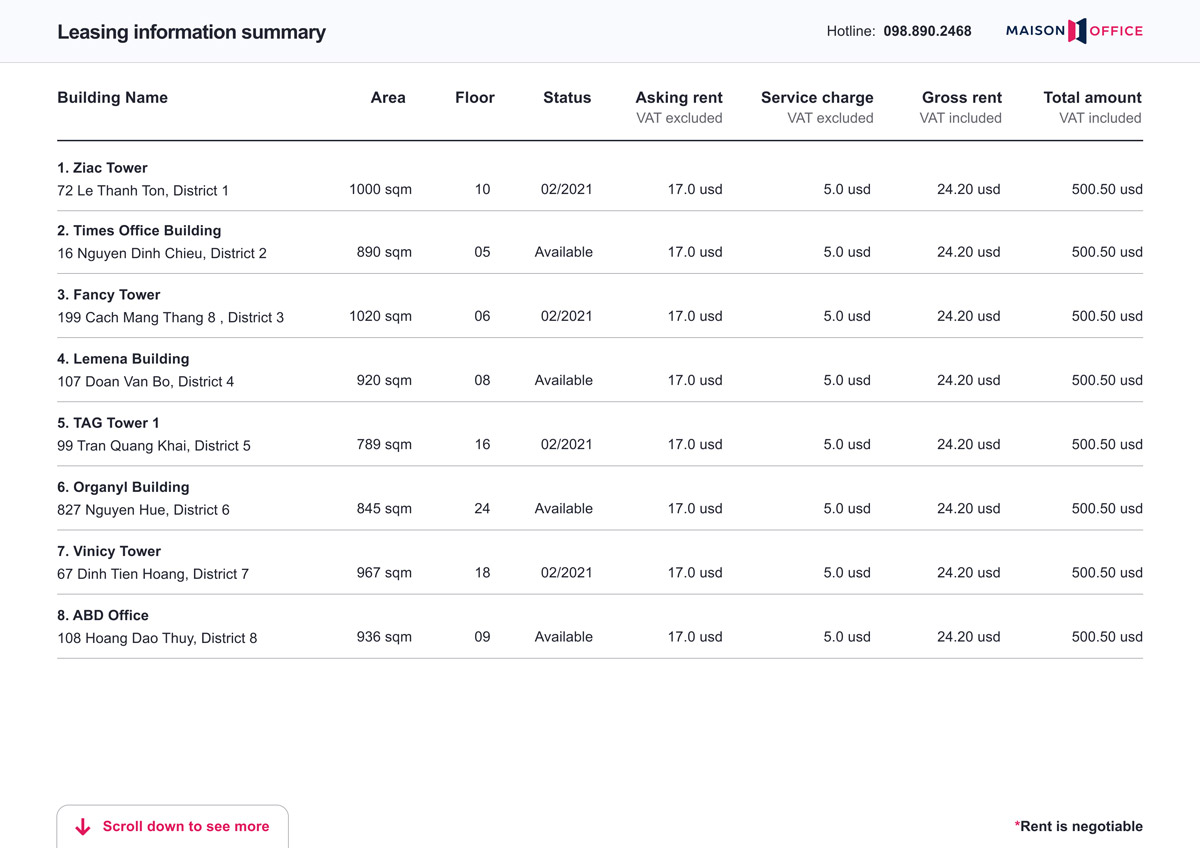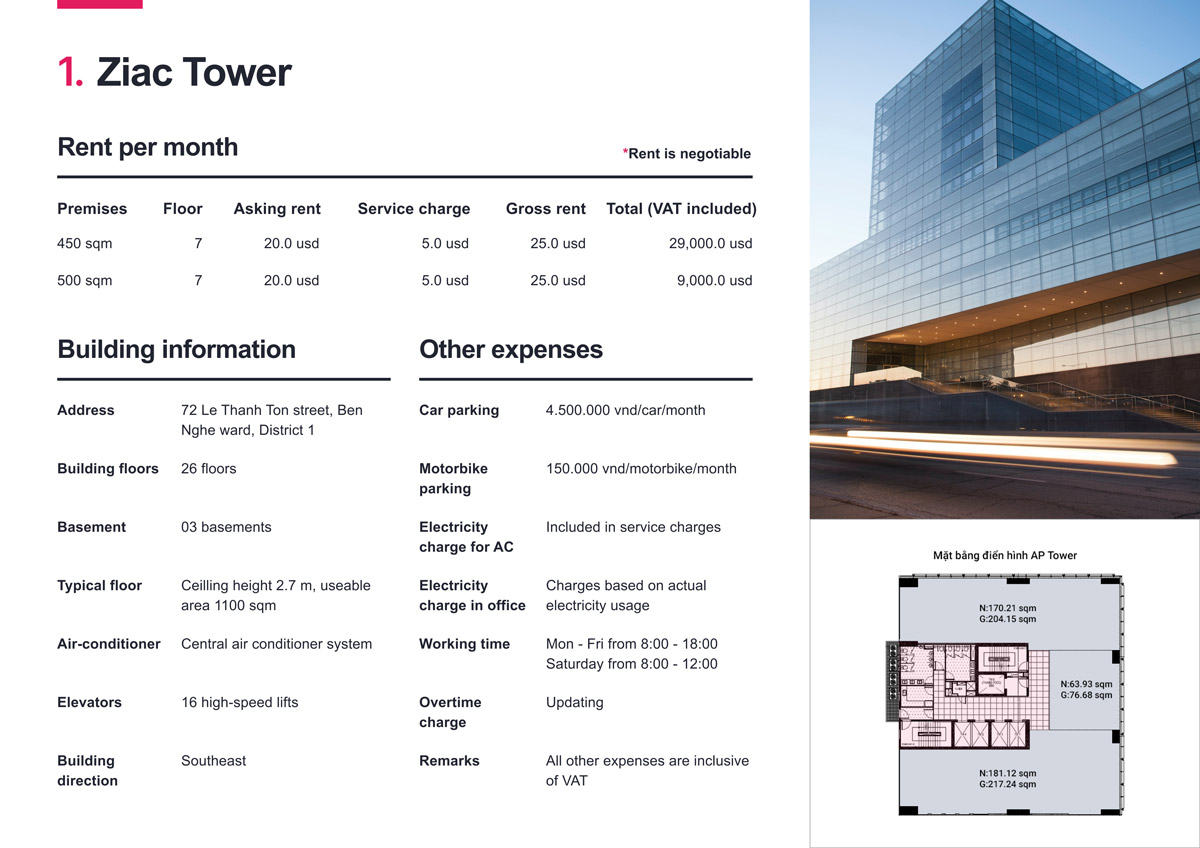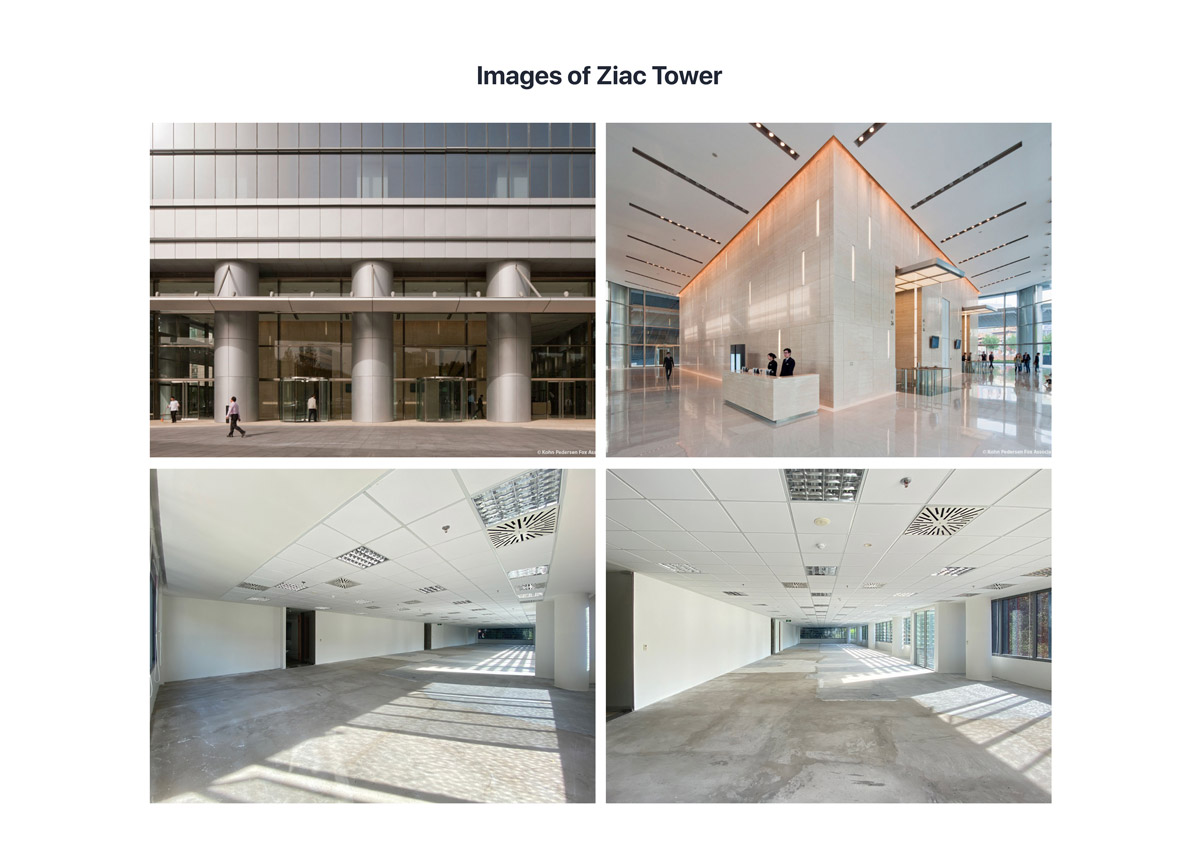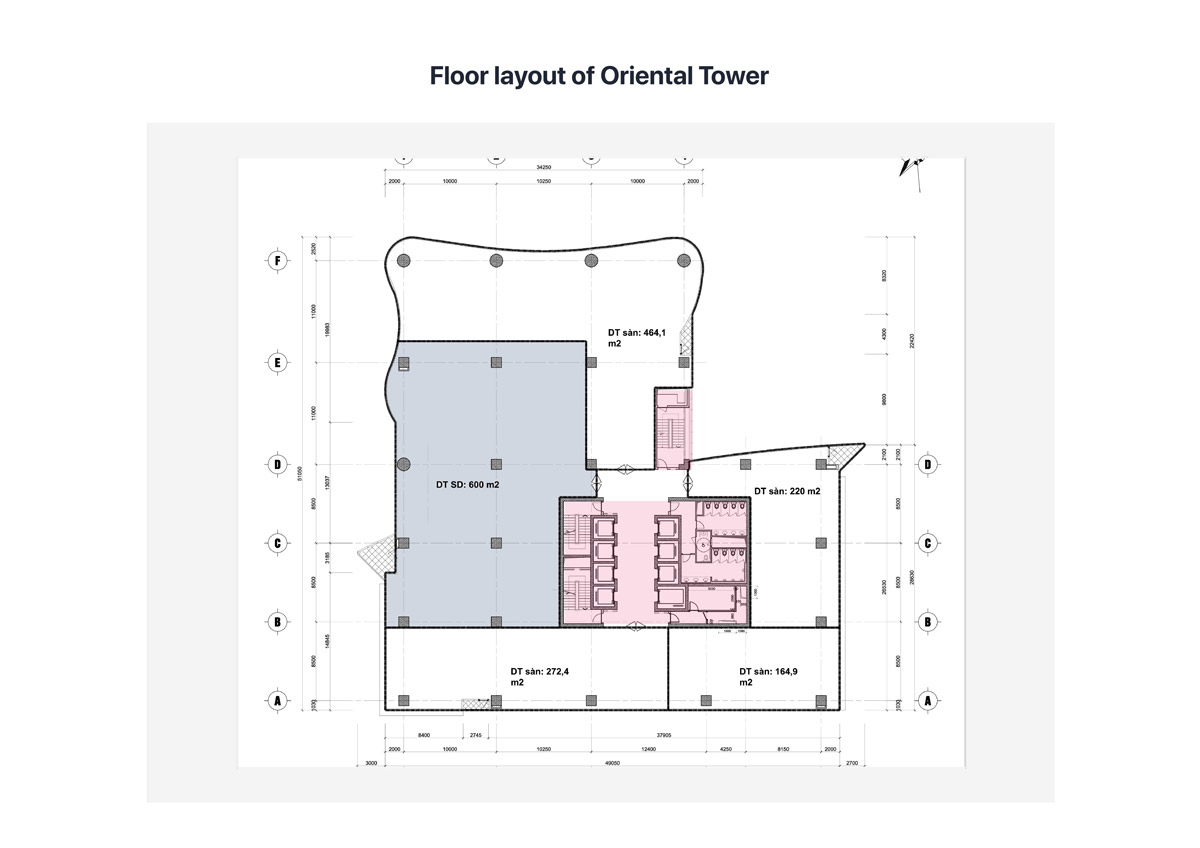What are WELL construction standards? 10 WELL Certified criteria

In the context of modern life, which is busy and full of pressure, people are increasingly concerned about health and quality of life. Accordingly, the living environment directly affects the health and spirit of each individual. Recognizing this, the WELL Certified standard system was born as a breakthrough solution, creating an optimal living space for human health and happiness. In this article, let’s explore with Maison Office: What is the WELL building standard? What are the criteria and evaluation levels of the WELL standard?
Table of Contents
1.What is WELL Certified?
WELL Certified (or WELL building standard) is a system of standards that measure and evaluate architectural works based on performance to determine the features of the building that impact the health and development of individuals. This standard is developed and managed by the International WELL Building Institute (IWBI) – a non-profit organization specializing in research on health-oriented construction solutions. In addition, Green Business Certification Incorporation (GBCI) is the third independent organization that provides WELL Building Standard certification.
The WELL standard is developed based on a medical study on the relationship between building space and the health and development of the residents living there. Accordingly, the goal of this set of standards is to provide a quality living environment that helps improve the lives of residents both physically and mentally.
Currently, there are more than 5,700 projects in 67 countries that have achieved WELL Certified certification. In Vietnam, this construction standard is also gradually receiving attention with some typical projects that have been applied such as: Capital Place Building (Hanoi), The Landmark 81 Building (Ho Chi Minh City), Vinhomes Central Park urban area (Ho Chi Minh City),…
See more about global green building certifications:
- LEED Certified
- WELL Certified
- Green Mark certification
- LOTUS certification
- EDGE certification
- Green Star certification
2.10 evaluation criteria of the WELL building standard
WELL Certified measures and evaluates the quality of buildings by considering 10 main factors as follows:
2.1. Air
Nowadays, the issue of air pollution is becoming increasingly serious and threatens human health. Along with the rapid industrial development and urbanization, the amount of emissions and impurities in the air is also significantly increasing. This poses a major challenge in protecting the living environment and ensuring the quality of life for residents.
The Air standard in the WELL Certified system not only refers to the elimination of air pollutants but also focuses on prevention and air purification inside buildings. This aims to minimize the risks associated with air pollution and enhance the quality of life for residents.
2.2. Water
According to a report by the American Institute of Medicine, the minimum amount of water that a person must consume daily is 3.7 liters for men and 2.7 liters for women. Therefore, providing clean water and meeting the usage needs of the building is considered one of the important items of the WELL Building Standard.
The Water element of the WELL standard focuses on optimizing water quality by removing pollutants through filtration and treatment processes. This ensures that building residents have clean, safe, and suitable water for daily use. Additionally, applying measures to ensure water quality at the workplace also contributes to improving the health and work performance of employees.
2.3. Nourishment
The Nourishment criterion is established to assess whether a building ensures nutritious meals that are beneficial to the health of its residents or employees. Specifically, this criterion focuses on encouraging healthy eating habits by providing a variety of nutritious food options that are balanced and diverse. Additionally, it includes activities to enhance awareness about nutrition and eating behaviors.
2.4. Light – Natural Light
Natural light is one of the important factors affecting the biological rhythms of the human body. A lack of natural light can not only disrupt the biological clock but also affect mental state, concentration, and individual work productivity.
Understanding this connection, the Light criterion was developed by WELL to evaluate the use of light in buildings. Accordingly, WELL Certified sets specific requirements including: using materials and designs that optimize natural light, limiting blue light, appropriate lighting levels, and energy saving.
2.5. Sound
Noise has a significant impact on human health, causing stress, fatigue, and reduced concentration. Studies have also shown that noise can cause sleep problems, increase the risk of cardiovascular diseases, and weaken the immune system. Therefore, controlling and minimizing noise in living and working environments is very important for maintaining health and enhancing work performance.
The “Sound” element in the WELL building standard sets standards to control noise in buildings. This may include using sound-absorbing materials, applying good sound insulation measures, or designing open spaces to reduce reflected sound.
2.6. Materials
The next element in the WELL Certified standards is “Materials,” emphasizing the use of safe and sustainable materials in construction. This means that buildings need to minimize the use of materials that can harm human health, such as formaldehyde, phthalates, asbestos, volatile organic compounds (VOCs), etc. Additionally, this criterion also promotes the use of recycled and reusable materials to reduce waste into the environment.
2.7. Fitness – Physical Activity
Exercise and physical activities are an essential part of maintaining health and a healthy lifestyle. The Fitness element in the WELL standards encourages buildings to have designs that support the physical activities of residents, such as gymnasiums, swimming pools, sports courts, etc. Additionally, the building’s location near amenities like parks, ball courts, jogging paths, etc., is also a feature highly valued by WELL in each project.
2.8. Comfort – Comfort
The WELL building standard also emphasizes the comfort factor in a living and working environment because it directly affects the quality of life of the residents. By controlling environmental factors such as light, temperature, humidity, noise, etc., the building can minimize stress-inducing elements. This creates a comfortable living environment for all residents.
2.9. Mind – Mental Well-being
Focusing not only on physical health, the WELL standard also aims to build a healthy living environment where the mind is balanced. Therefore, buildings with holistic designs that meet the needs for entertainment, relaxation, emotional balance, etc., are highly rated in this criterion. For office spaces, the Mind criterion refers to creating a flexible work environment so that employees can easily adapt and work effectively.
2.10. Community – Community
The Community element is highly valued in a building project, where people have positive interactions and support each other. Accordingly, the building design needs to create common spaces such as gardens, plazas, community rooms, etc., for socializing, meeting, and organizing community activities. In addition, the building should regularly organize programs and activities to increase bonding, promoting a healthy and sustainable lifestyle.
3. Levels of WELL Standard Evaluation
To achieve WELL Certified certification, projects must meet all prerequisite conditions and achieve a minimum score for each criterion. Based on the total evaluation score achieved, each building will receive WELL certification at the corresponding level as follows:
| Total points achieved | Minimum score for each criterion | WELL certification level |
| 40 points | 0 points | WELL Bronze Certification |
| 50 points | 1 point | WELL Silver Certification |
| 60 points | 2 points | WELL Gold Certification |
| 80 points | 3 points | WELL Platinum Certification |
For projects registering for the WELL Core certification path, the building must also meet all prerequisite conditions. However, there is no minimum score required for each evaluation criterion. The levels of WELL Core certification also differ based on the total score achieved as follows:
• WELL Core Bronze Certification: 40 points.
• WELL Core Silver Certification: 50 points.
• WELL Core Gold Certification: 60 points.
• WELL Core Platinum Certification: 80 points.
Note that WELL certification is not permanent. Instead, buildings that have achieved WELL certification must register for re-certification every three years. This ensures that the building continues to comply with WELL requirements in management and operation.
4. WELL Green Building Office Trend
With the increasing workload, people also spend most of their time in the office. Therefore, it is not difficult to imagine the impact of the work environment on the health and development of each individual. Recognizing this issue, businesses today are increasingly concerned about the trend of green offices and sustainable development.
The trend of green offices according to WELL standards is becoming increasingly popular worldwide due to the significant benefits it brings. Many studies have shown that WELL-certified offices not only create a comfortable working environment but also help increase employee work performance. The improvement in both physical and mental health has helped reduce stress, enhance concentration, and creativity at work.
In addition, the WELL standard also promotes environmental protection awareness and aims for sustainable development.
In the future, WELL Certified promises to continue to be a sustainability measure for green buildings, offices, and projects. The increasing application of the WELL standard worldwide is evidence of the importance of health and development of each individual in modern life.

Editor and content team manager at Maison Office.
With over 5 years of experience in consulting and extensive content editing in the real estate services and interior design field. Sharing valuable information with customers, partners, and attracting millions of views.

